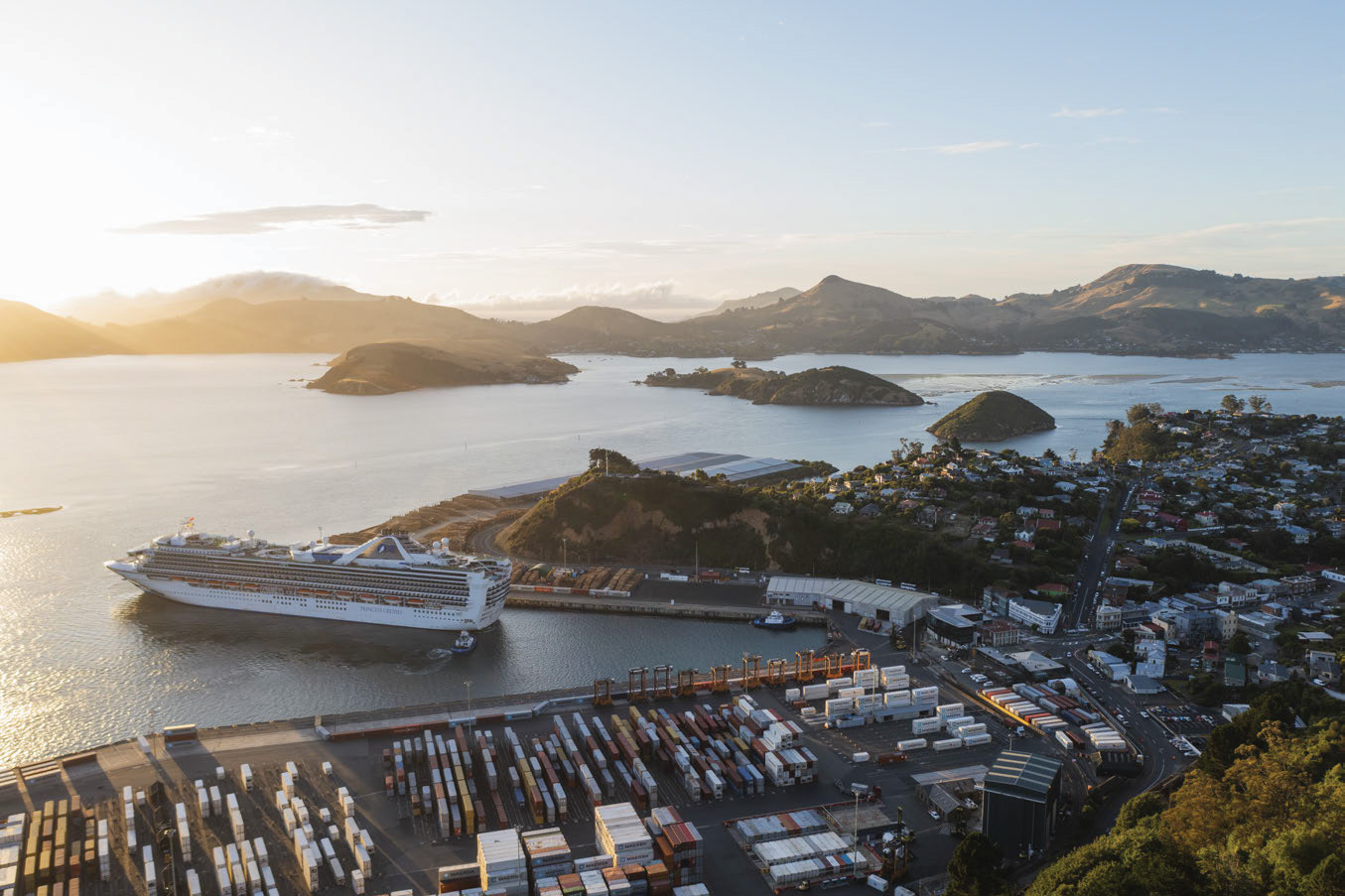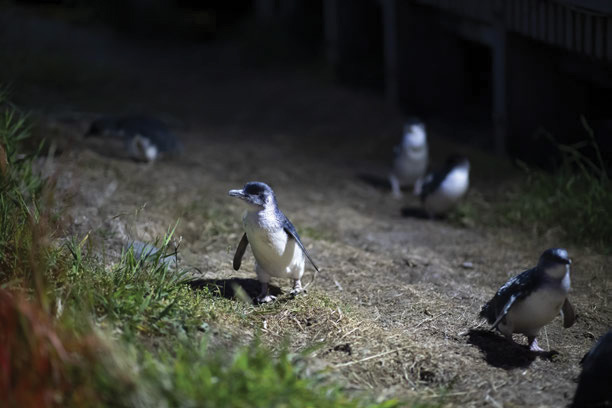



Te awa Ōtākou, Otago Harbour, has and continues to play a critical role in the cultural, social, and economic wellbeing of Ōtepoti Dunedin and wider Otago. Te Awa o Ōtākou has been integral to Māori life since the 13th Century and stands as a testament to the enduring relationships between Kāi Tahu and their ancestral and cultural landscapes. With its strategic location, the harbour supports commercial fisheries, trade access, and serves as a significant asset for both local and regional economies. Te awa Ōtākou is also highly valued for recreation and amenity, deeply embedded in the city and region’s identity.
The health and sustained function of the harbour are however under ongoing pressure. Human activities including land development and reclamation, road and rail infrastructure, storm and wastewater management, harbour dredging, and fishing have led to escalating habitat degradation, pollution, and the loss of ecological, recreational, and cultural values. The impacts of climate change are compounding these challenges, demanding decisive, immediate action, framed in long-term planning.
Otago Regional Council responded to calls from the local community and mana whenua to take steps towards altering the trajectory of the harbour’s health and engaged Morphum to document the issues and identify opportunities for securing a sustainable future for the harbour.
Morphum collaborated with StudioPacific Architects and the Marine Sciences department at the University of Otago in this foundational piece of work. The harbour is a complex system with a large population, and significant number and diversity of interconnected social and economic user and interest groups. A robust process, involving engagement with selected representatives across stakeholders, combined a with literature review formed the basis for documenting issue and opportunities – organised under seven themes identified based on analysis. The process and outputs served to achieve the following:
An approach of ‘looking back- to look forward’ was taken in documenting the history of the harbour via a graphically annotated timeline and commentary, from the formation of the harbour through Māori history to the present. It describes the connections and values of different users to the system and maps the drivers and pressures against ecosystem health and the associated erosion of wellbeing values.
The team worked directly with Aukaha, who are mandated by rūnaka to work on their behalf, in coscripting the report. In addition, there was dedicated engagement with the Te Rūnaka o Ōtākou and representation in the project oversight team to ensure that the cultural narrative and aspirations and role of the Rūnaka was appropriately woven throughout the report.
This research unearthed extensive ongoing effort by mana whenua, councils and national government agencies, community, business and conservation interest groups and organisations towards the common purpose of a healthy harbour. There is also evidence of multiple relationships and collaboration through existing forums and institutional structures around some of the issues and opportunities. The report is peppered with examples of this effort and associated success stories, and these are integrated into and built on in the opportunities.
The more than 100 opportunities are captured under the same themes as the issues, and range in nature and level of definition between broad ideas and specific actions. In describing the opportunities, reference is made to relevant existing strategy, programmes and projects being undertaken by the Councils, in many cases with, or in support of, community and other stakeholder efforts.
This report was delivered as a high-quality and graphically rich summary of the harbour’s history and outlined a clear, actionable solutions to restoring the health and the mauri of Te awa Ōtākou for future generations. The solutions were packed in high level action plan to be refined and prioritised in the next phase of work. The overriding issue is that despite a shared purpose and multiple examples of cooperation between the wide variety of harbour users, much of the effort still happens in isolation of a common understanding of and vision for the harbour. The ORC adopted the recommendation to apply the Integrated catchment Management programme blueprint which involves te establishment of a coordinating vision, action plan and the governance arrangements to give effect to this foundational effort.









